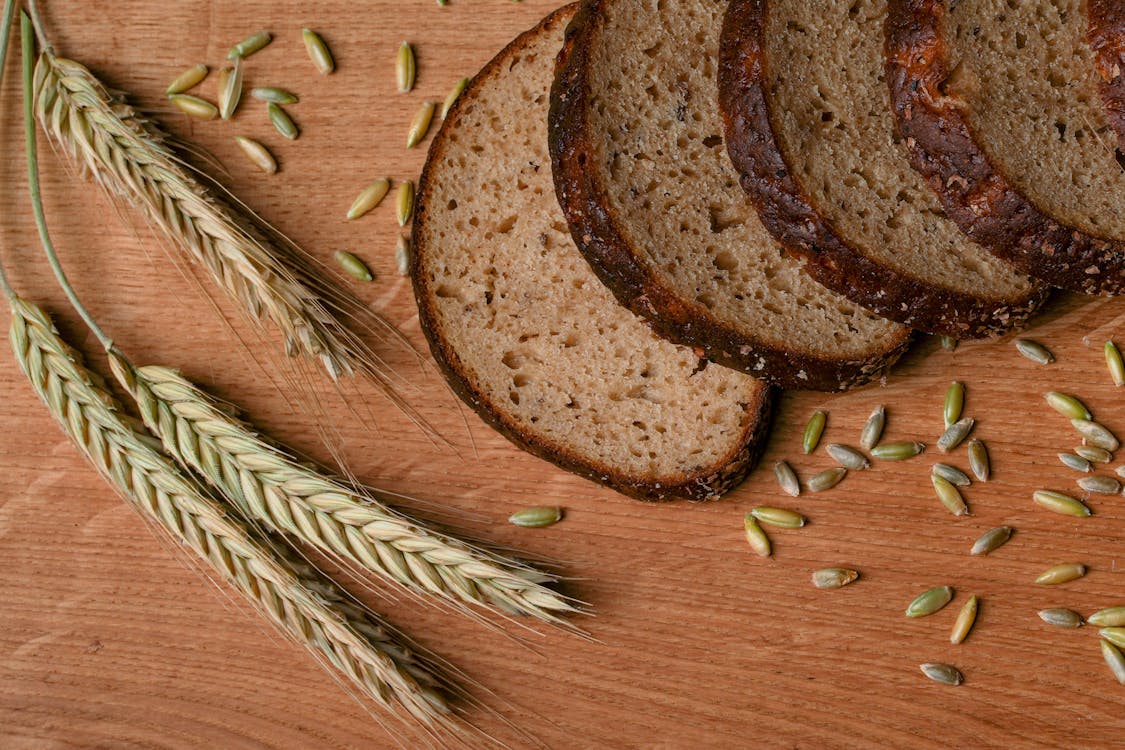 Mind
Mind
- Digital and Modern Well-being
- Mental Health and Emotional Well-being
- Mind-Body Connection and Holistic Health
- Parenting and Family
- Personal Growth and Development
- Relationships and Social Well-being
- Stress and Relaxation
- Therapeutic and Creative Practices
- Trauma and Recovery
- Work, Productivity, and Discipline
 Body
Body
 Fitness
Fitness
 Food
Food
 Beauty
Beauty
The Role of Fibre in a Healthy Diet

Introduction: The Secret Ingredient You’re Probably Missing
Picture this: You’ve just finished a hearty meal, but instead of feeling energized, you’re hit with a sluggish, bloated slump. Sound familiar? What if the solution wasn’t a trendy superfood or pricey supplement but something hiding in plain sight—fiber? Surprisingly, 95% of Americans don’t eat enough of it, yet this humble nutrient is a game-changer for digestion, weight management, and even mood. Let’s unravel why fiber deserves a standing ovation—and how to make it the star of your diet.
Background: Why Fiber Matters More Than You Think
Fiber isn’t just about “staying regular.” Found in plant-based foods, it’s the part your body can’t digest, acting like a wellness warrior as it passes through. From lowering cholesterol to stabilizing blood sugar, its benefits are vast—yet most of us clock in at just 15 grams a day, far short of the recommended 25–38 grams. Let’s change that.
Core Content: Unpacking Fiber’s Superpowers
1. Soluble vs. Insoluble: The Dynamic Duo
Soluble Fiber (think oats, beans, apples): Dissolves in water, forming a gel that traps cholesterol and slows sugar absorption. Perfect for heart health and managing diabetes.
Insoluble Fiber (whole grains, veggies, nuts): Adds bulk to stool, keeping your digestive highway traffic moving smoothly. Your go-to for preventing constipation.
Pro Tip: Aim for a mix of both! A bowl of oatmeal with berries (soluble) + a handful of almonds (insoluble) = breakfast of champions.
2. Health Benefits That Go Beyond the Gut
Digestive Health: Fiber feeds your gut microbiome, the “good bacteria” linked to immunity and mental health.
Heart Hero: Studies show 5–10 grams of soluble fiber daily can slash LDL cholesterol by 5%.
Blood Sugar Balance: Fiber slows glucose absorption, preventing energy crashes.
Weight Management: High-fiber foods keep you fuller longer, curbing mindless snacking.
Case Study: A 2021 trial found people who ate 30g of fiber daily lost nearly as much weight as those on strict diets—without counting calories.
3. How to Sneak Fiber Into Every Meal (Without Breaking the Bank)
Budget-Friendly Swaps:
Breakfast: Swap sugary cereal for overnight oats ($0.50/serving) topped with chia seeds.
Lunch: Add lentils ($1/can) to soups or salads.
Snacks: Air-popped popcorn ($0.20/bag) over chips.
Step-by-Step Upgrade:
Start Slow: Add 5g more fiber daily to avoid bloating.
Hydrate: Fiber works best with water—aim for 8 glasses a day.
Read Labels: Choose bread with “whole grain” as the first ingredient (3–4g fiber/slice).
Fun Hack: Blend white and brown rice for a fiber boost that’s family-friendly!
Inclusive, Practical Advice
For Picky Eaters: Mask fiber in smoothies (spinach + frozen mango) or whole-grain pasta.
Gluten-Free? Quinoa, buckwheat, and roasted chickpeas are your allies.
Time-Strapped: Keep frozen veggies and canned beans stocked for quick additions.
Conclusion: Your Fiber-Powered Future Starts Now
Fiber isn’t a fad—it’s a lifelong ally. Start small: toss flaxseed into yogurt, snack on an apple with skin, or swap one refined grain for whole. Your gut, heart, and waistline will thank you.
